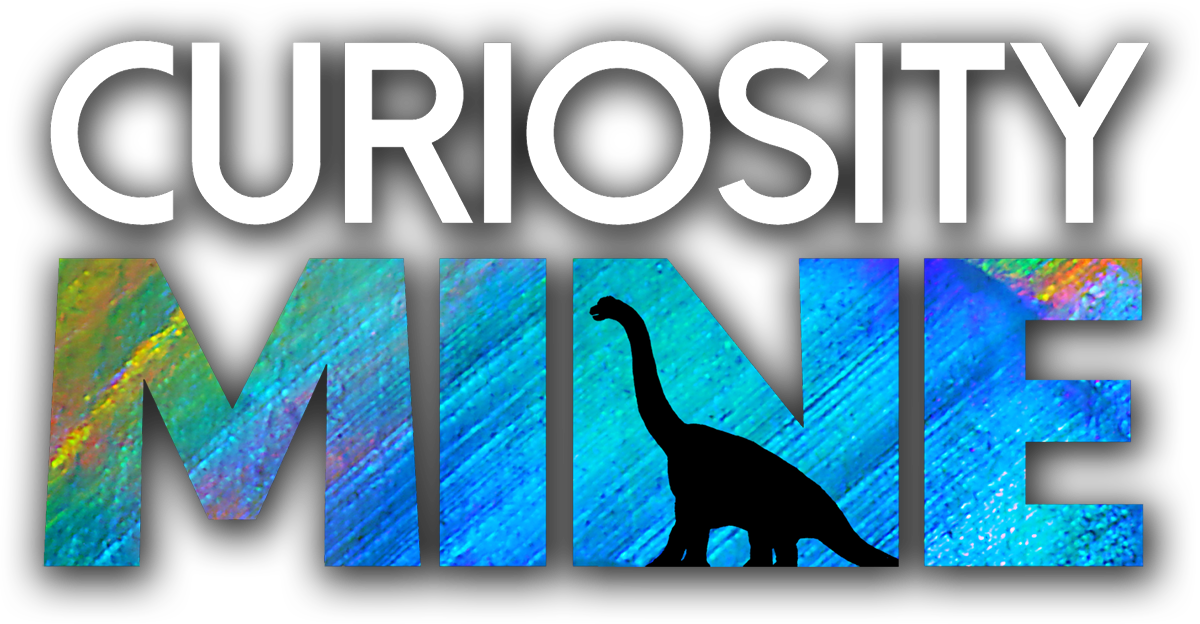What are Parcels, King Stones, Grading and Runners? OPALWords @ Lightning Ridge →
Some behind-the-scenes terminology from the Australian opal industry. In this video, we discuss sorting opal for selling and a story about a very lucky salesman!
This video was made with the assistance of Vicki at Down to Earth Opals at Lightning Ridge!
